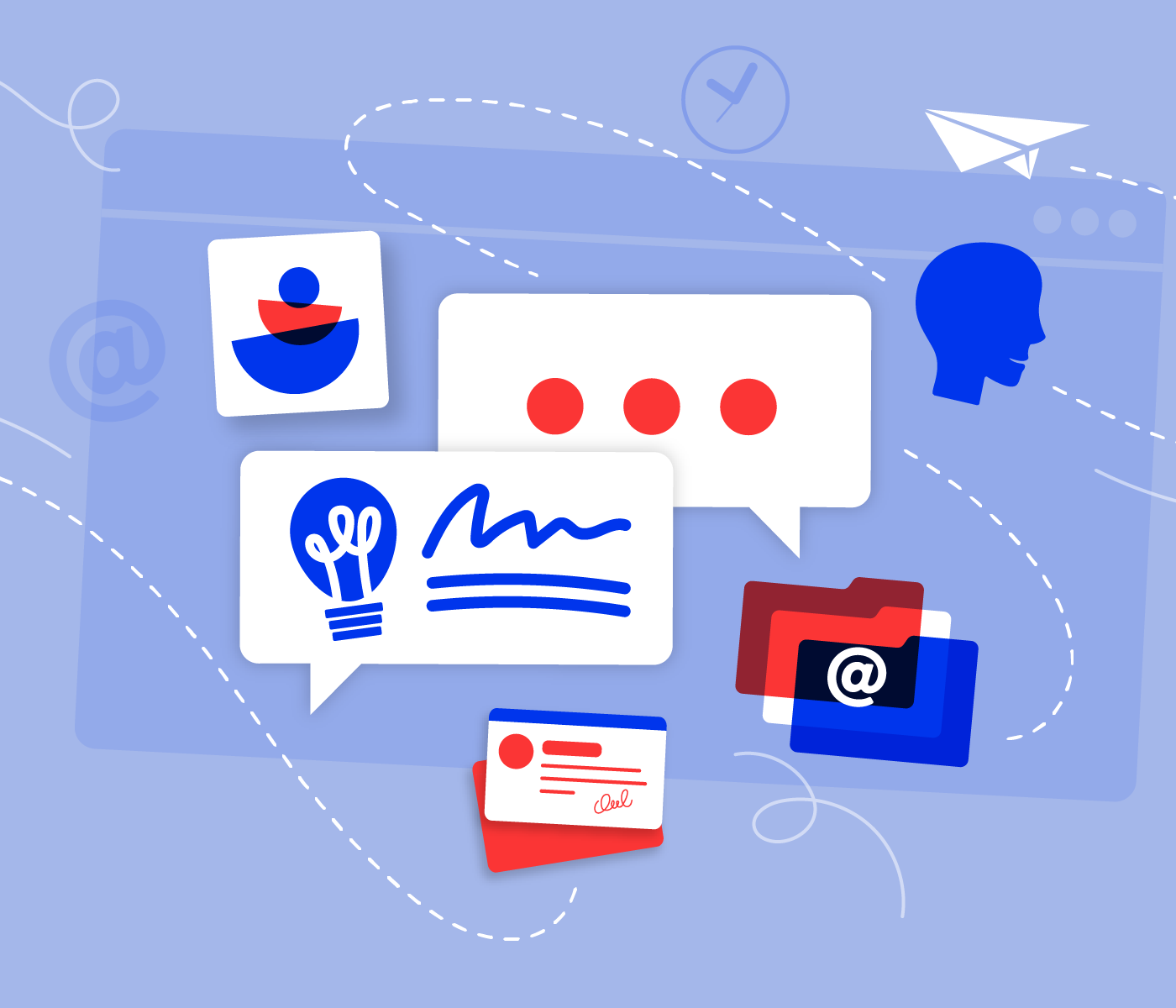Building strong client relationships is one of the most impactful things we can do as Google Ads professionals. It has great leverage — small improvements here can make life much easier. Despite this, most client communication happens on a monthly basis, when we send performance reports and occasionally schedule calls to discuss results.
Performance reviews are important, but if we only talk to clients once a month, relationships can start to feel a little impersonal. Long periods of silence leave clients feeling out of the loop, while as managers, we can start to feel anxious about being caught off guard, receiving unexpected calls, or getting extra attention from clients who want to “check-up” on our progress. Frequent client interruptions not only make us less productive, but can also produce negative feelings — we can start to see the client relationship as stressful and demanding, rather than productive.
Instead, having regular contact with clients keeps everyone aligned. We set the pace of communication, and if there are any issues, we can uncover and solve them quickly. Plus, the more conversations we have with our clients, the more likely we are to spot areas where we can add value, or find natural opportunities to upsell or cross-sell.
Multiplying touch points means keeping all available lines of communication open. Give clients natural opportunities to ask questions or raise concerns — no matter how small. Without regular opportunities to communicate, clients may consider an issue to be unimportant, or at least unworthy of writing an email out of the blue. When communication is consistent, we can nip issues in the bud instead of having to deal with bigger, uglier problems down the line.
Peace of mind comes when we control the cadence of communication. When we speak with our clients regularly, we can be more sure of how they’re feeling and whether they’re satisfied with our work. We can feel secure in our relationship and less worried about surprise phone calls.
When we take the time to establish a personal, open, and transparent relationship with our clients, it builds trust and confidence in our abilities as managers. This unlocks lots of benefits, clients are more likely to refer us to their networks, pay us on time, approve our ideas, and (occasionally) give us the benefit of the doubt when something goes wrong.
Despite these benefits, as account managers we can still be reluctant to get in touch with clients. We often feel more comfortable buried in spreadsheets, worried that we don’t have time, or that we’re “bothering” clients with updates.
To overcome our reservations and put all this into practice, we need to keep our emails brief, personable, and to the point. Open-ended or vague emails mean the client has to do extra work to figure out what needs to be done. Instead, the ideal response we should be aiming for when sending a client email is, “Yes. Sounds good”. This response means our message hasn’t created any extra work for the client and they’re on board and happy with what we’re doing.
Below are some simple approaches to communicating with clients on a more regular basis, alongside blocks of email copy designed to elicit that “Sounds good” response:
Share good news
If performance improves, or a campaign shows promise, this presents a great opportunity to bring some positivity to the table and reinforce the good work you’ve been doing:
Hey Michael,
Hope you’re having a great start to the week.
Just a quick note to say our campaign {{campaignName}} got its first {{2}} conversions this morning! I think we’ll have enough data by our next weekly call to establish an initial performance benchmark. Some really exciting progress!
Looking forward to speaking on Thursday.
Guillaume.
Highlight audience insights
If a particular segment of your audience is performing well, it could help inform your client’s marketing efforts outside of Google Ads. This also shows the client that you care about their business and understand the bigger picture:
Hey Michael,
Thought you might like to know we’ve been having success with searchers in {{demographicName}}. Could be useful for your Facebook marketing push? I’ve attached a couple of ads that are performing especially well for these guys.
Catch up more at the meeting tomorrow.
Cheers, Guillaume.
Share relevant articles
If you come across a blog post that you think would be helpful for your client, don’t hesitate to share it. This is an easy way to show your client that you’re engaged and bring additional value beyond account performance.
Hey Michael,
Saw this post today and it reminded me of our discussion on product-market fit earlier in the week. No response needed, just thought you might find it interesting!
Cheers, Guillaume.
Explain performance dips
If you have bad news, be proactive and communicate any issues as soon as you find them. Don’t allow the client to feel like they spotted something before you did. Instead, diagnose the problem and describe the steps you’re taking to fix things. Always leave the client with a solution.
Hi Michael,
I wanted to reach out and let you know about a dip in sales before the Black Friday rush — this is to be expected in the week leading up to the holiday. Customers are holding out for payday and waiting for the seasonal sales to kick in. We saw similar changes during this period last year.
For the upcoming week, we’ve pulled back on spending so we can double down when Black Friday comes, and then for the first weeks of December. Those weeks are usually where we see conversions pick up again for the gift buyers, so this is where we’d like to focus budget.
As always, let me know if you have any questions.
Cheers, Guillaume.
Suggest new ideas
As you work on an account, you’ll probably have ideas for new campaigns. Remember to always do the hard work on behalf of your client. Steer clear of open-ended questions, offer real solutions, aim for that “Sounds good” response.
Instead of asking questions that require detailed responses, consider offering ready-made solutions that need a simple message of approval to get started:
Hey Michael,
I noticed you guys expanded your product range, so I took the liberty of drafting some new campaigns for you to take a look at (attached). After running the numbers, a $200 test budget seems appropriate — we can review the results in a couple of weeks and proceed accordingly. With your go ahead, these are ready to launch as early as Monday.
Thanks for taking the time.
Wrapping up
Communication is the key to establishing strong, durable, and long-lasting relationships. Client relationships are no exception. Find a valid reason to get in touch with each of your clients, use one of the email templates above if you’re struggling to find an opener. If you can practice good client communication on a regular basis, you may be surprised at the impact on your peace of mind, working relationships, and perhaps most importantly, business results.
If you have any client communication tips, we’d love to hear from you. Share your comments with the Opteo community on Facebook, Twitter or LinkedIn.


